When Sigma 10-18mm f2.8 DC DN is revealed to the world, by just looking at the focal lengths and the constant f2.8 aperture value, it is a very straightforward indication that this is the lens that compliments and co-exists with the Sigma 18-50mm f2.8 DC DN. This is the latest lens joining the Sigma Contemporary series for APS-C cameras. No surprise here, this lens is available for the L-mount and E-mount beside the X-mount.
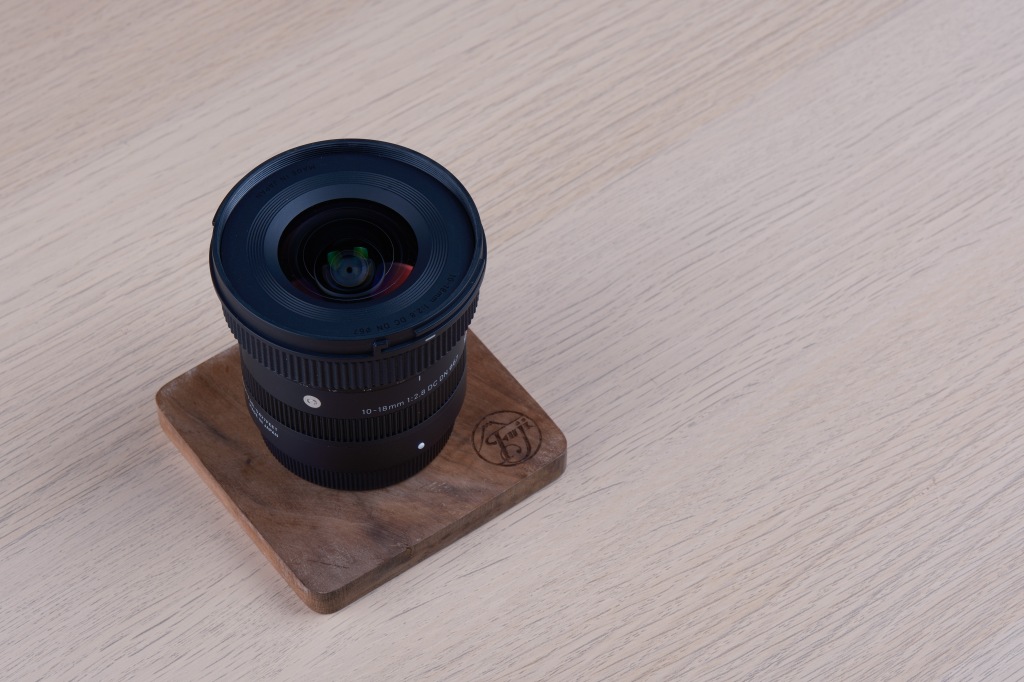

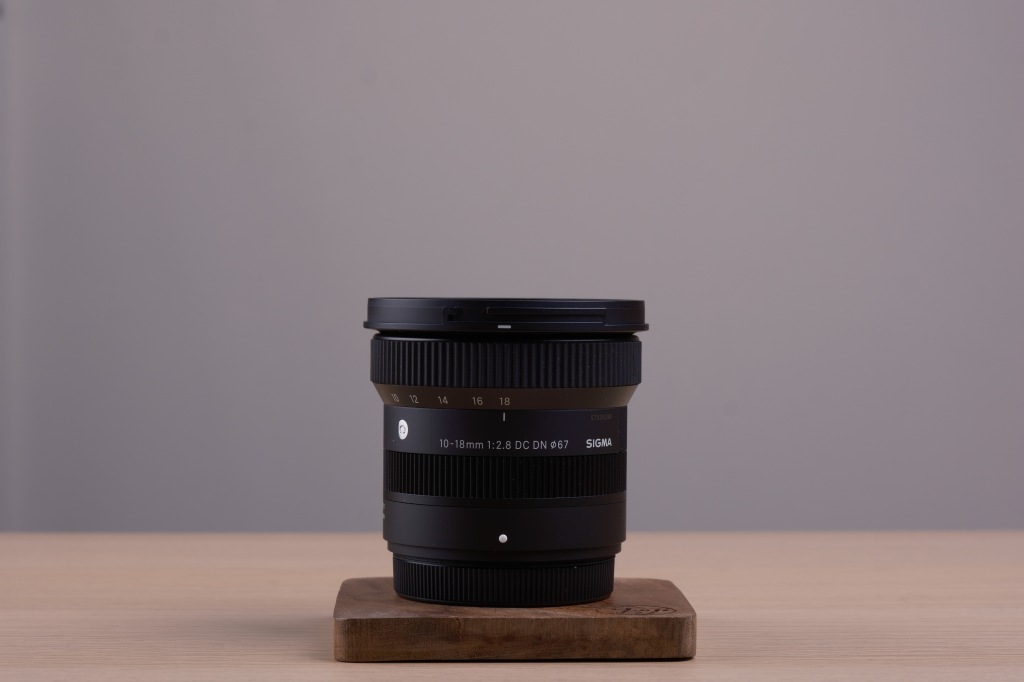
Left: @10mm, Right: @18mm
Intro
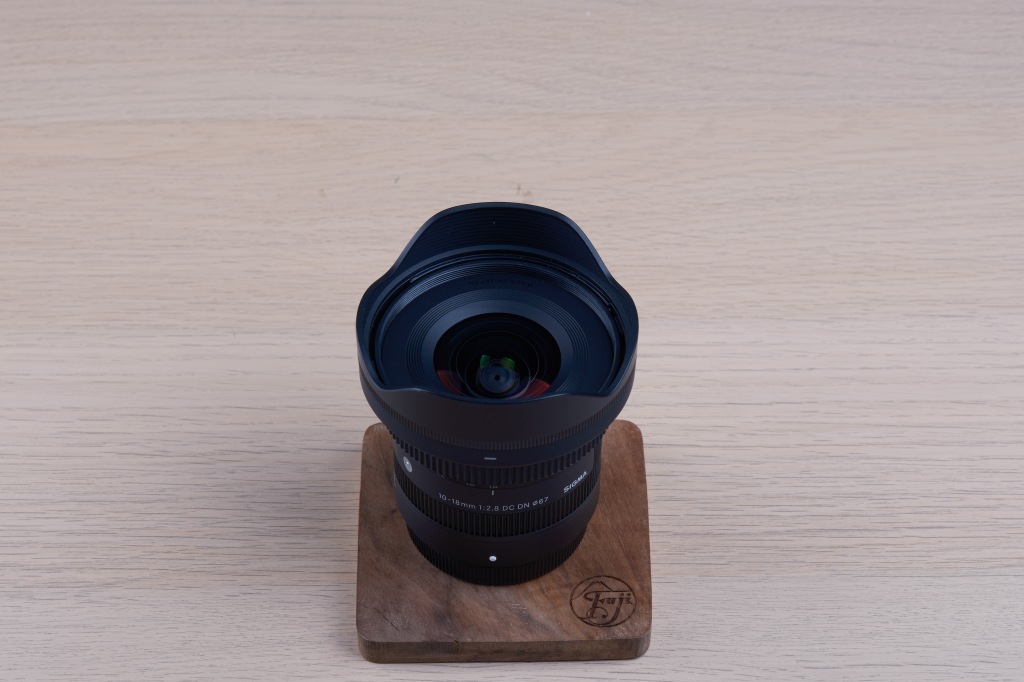

“Smallest” and “lightest” are the most common words on the headlines in most sites to describe this lens. From the press release images, it looks compact but I have no idea it is that compact until I get to hold one on my hand.



Right: Fuji X-T5 . Sigma 10-18mm f2.8 @ 18mm . f2.8 . 1/80″ . ISO 500 . Nostalgic Negative
“Wow” is the first word that comes out of my mouth and I am impressed by the actual size and weight of this lens. An f2.8 constant aperture lens can be this small and light is something of an engineering marvel. I am truly impressed with the Sigma engineers and their dedication to making such an impressive lens. But how will the image quality and the autofocus system be in such a compact design? The only way to find out is to test it out.


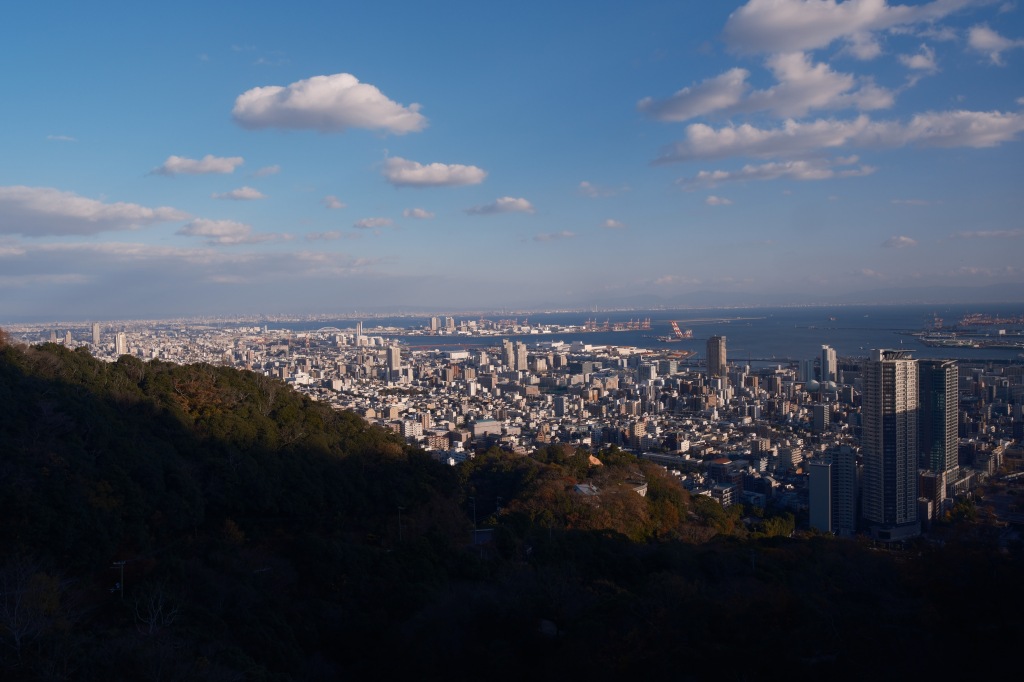
Right: Fuji X-T5 . Sigma 10-18mm f2.8 @ 18mm . f5.6 . 1/300″ . ISO 125 . Nostalgic Negative
Apart from the Meike 12mm f2, this is another lens I brought with me to my recent Japan holiday trip.
Before I proceed further, I would like to thank Mr Lawson from Sigma Marketing (Singapore) for loaning me this lens for review and Kai for making the arrangements. I appreciate their kind support in making this review a reality.
Design and Build Quality
The lens build is identical to its siblings like the Sigma 18-50mm & Sigma 56mm f1.4, etc. The same minimalistic look profile and also without the aperture ring. Yes. I do miss the aperture ring.
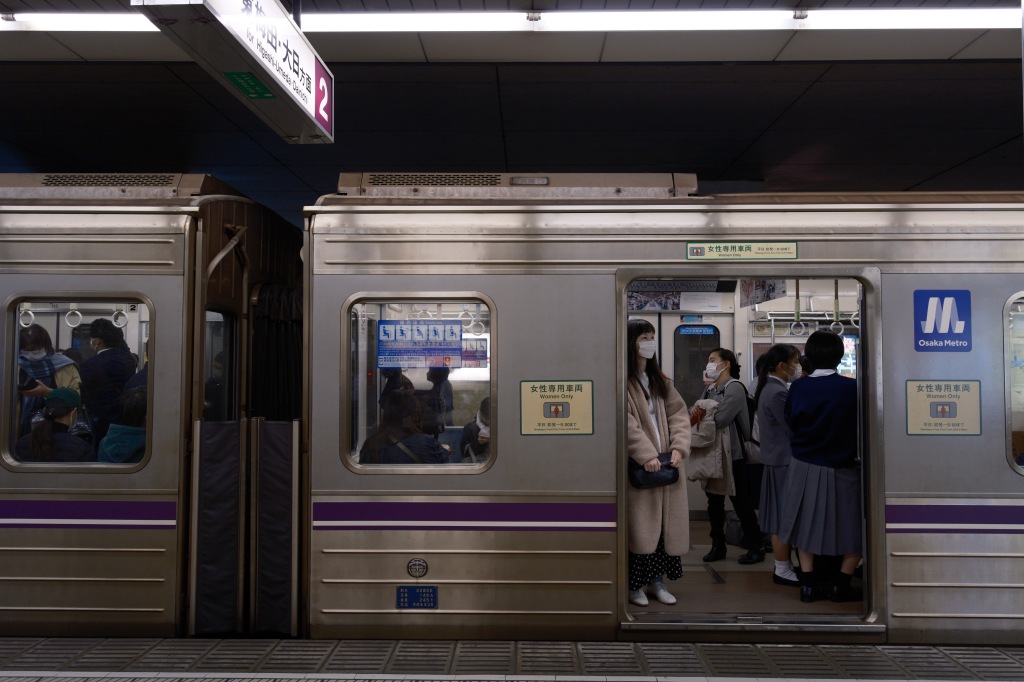
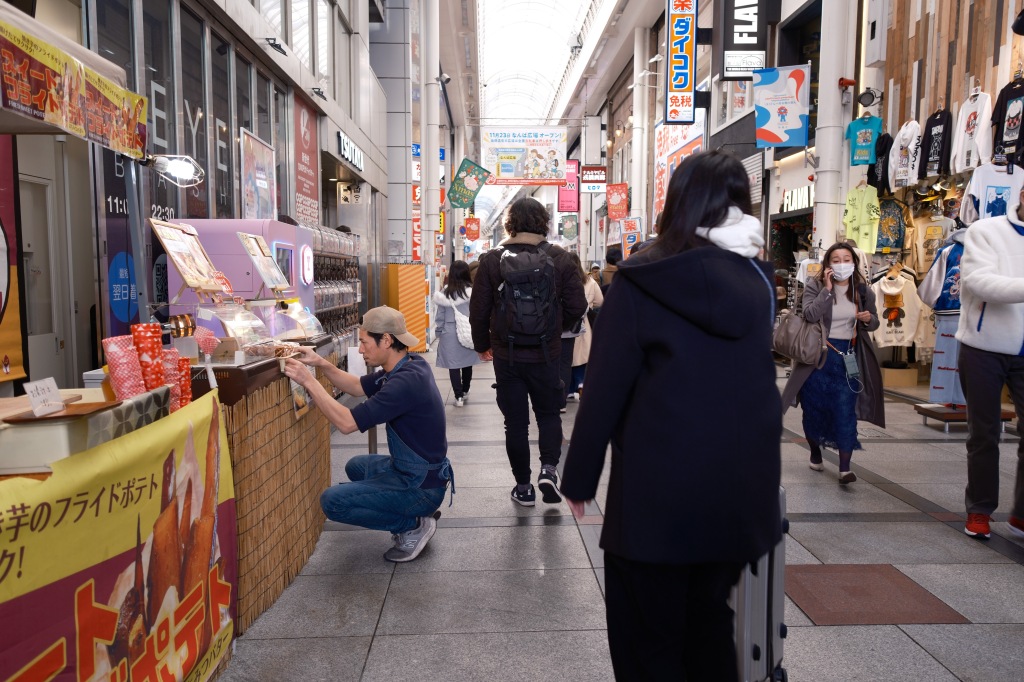
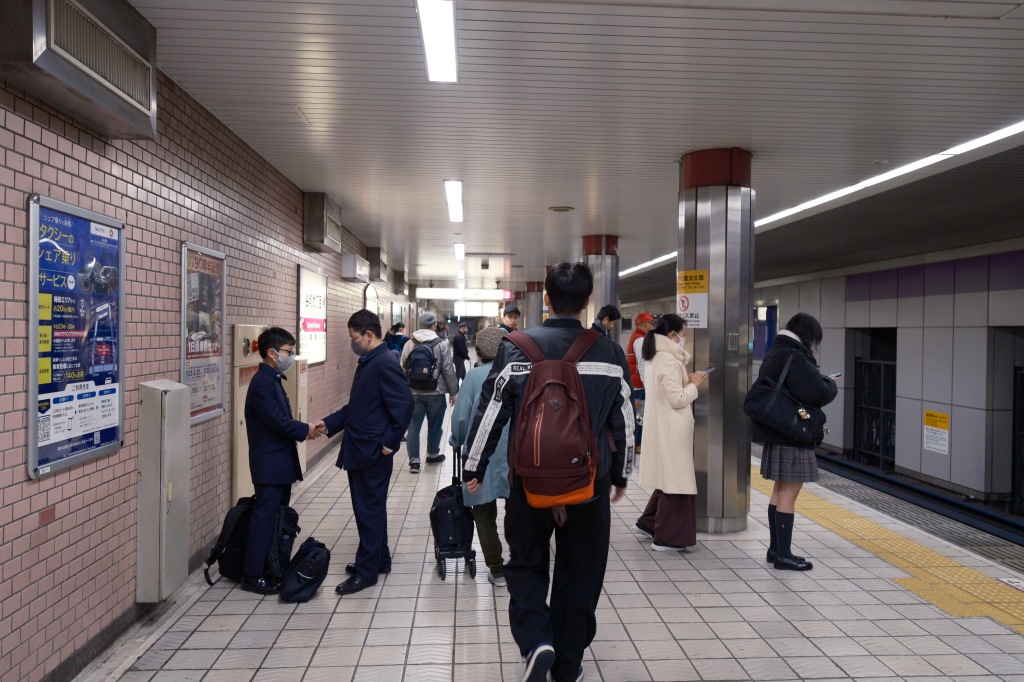
Right: Fuji X-T5 . Sigma 10-18mm f2.8 @ 18mm . f2.8 . 1/80″ . ISO 500 . Nostalgic Negative
The lens is made of “Thermally Stable Composite” (TSC) polycarbonate material, which gives a lightweight yet very high-quality and well-built lens body. Polycarbonate material is probably one of the best plastic materials on the market at this point in time.
When I held the lens for the first time, I noticed that the focal length starts at the tele end (@18mm) instead of at the widest focal length (@10mm). This is a similar approach to the Tamron 11-20mm f2.8, which practically makes sense as the tele-end will be the most used focal length most of the time. In this case, 18mm is a very usable focal length for street photography.



Right: Fuji X-T5 . Sigma 10-18mm f2.8 @ 10mm . f2.8 . 1/40″ . ISO 800 . Nostalgic Negative
For a note, the lens is zoomed out by extending a little bit at 10mm. It does not bother me throughout my testing period.
The 15mm to 28mm (in full frame equivalent) comes with a filter size of 67mm and it is surprisingly small for the ultrawide lens. With the combination of 250 grams (other mounts have slightly different weights), this lens is really lightweight and very suitable to be a traveling lens.
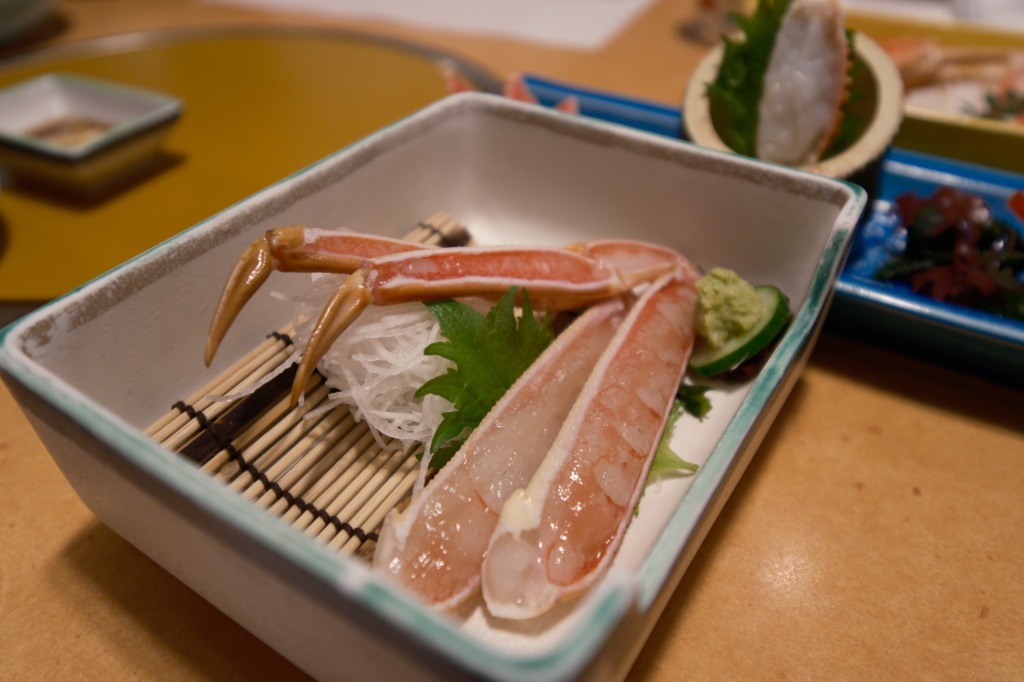
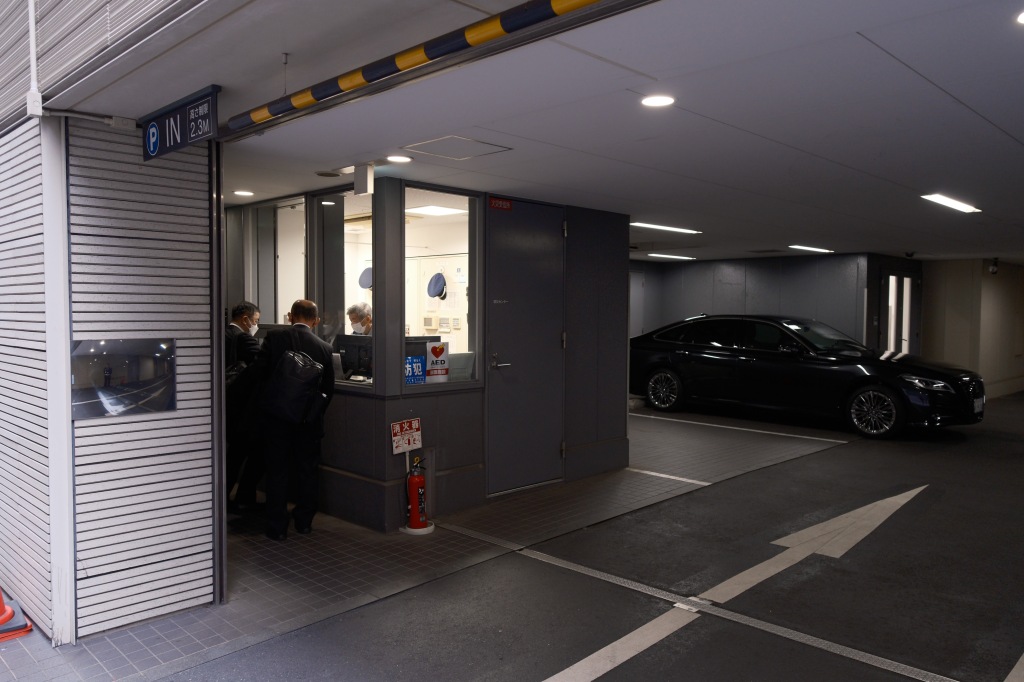
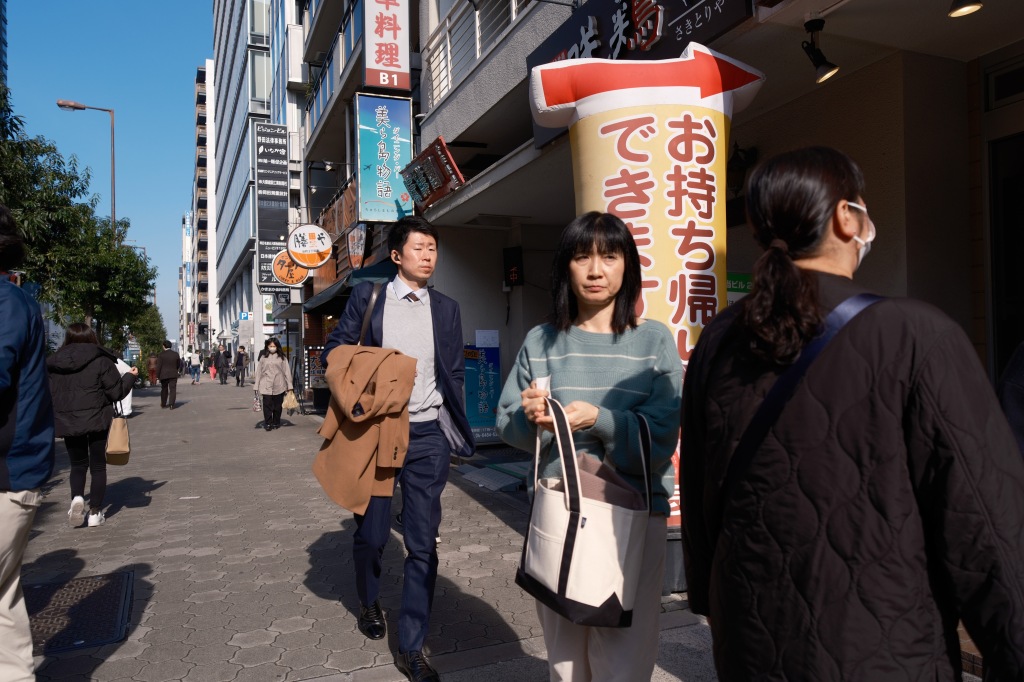
Right: Fuji X-T5 . Sigma 10-18mm f2.8 @ 18mm . f2.8 . 1/1250″ . ISO 125 . Nostalgic Negative
There are rubber sealings in this lens to provide dust and splash-resistant. Having said that, I am not the person who dares to push the boundary and fight against the weather with my camera gears. After all, this is a nice touch for Sigma to provide this for all the contemporary lenses for the X-mount.
Like other contemporary lenses, it has a metal rear mount bayonet. And also, it is made in Japan.



Right: Fuji X-T5 . Sigma 10-18mm f2.8 @ 18mm . f2.8 . 1/80″ . ISO 160 . Nostalgic Negative
Image Quality
The image quality is exceptionally good for an ultrawide lens. At wide-open, the sharpness and contrast are great throughout the focal lengths. The images that I take are very usable and I have no complaints with the image quality department.
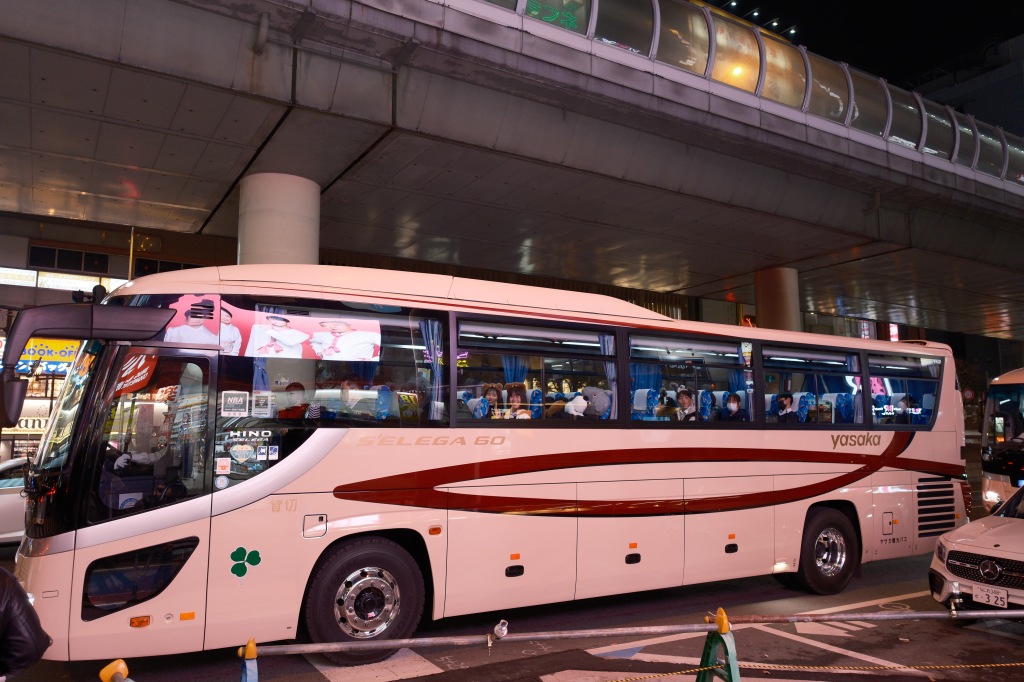
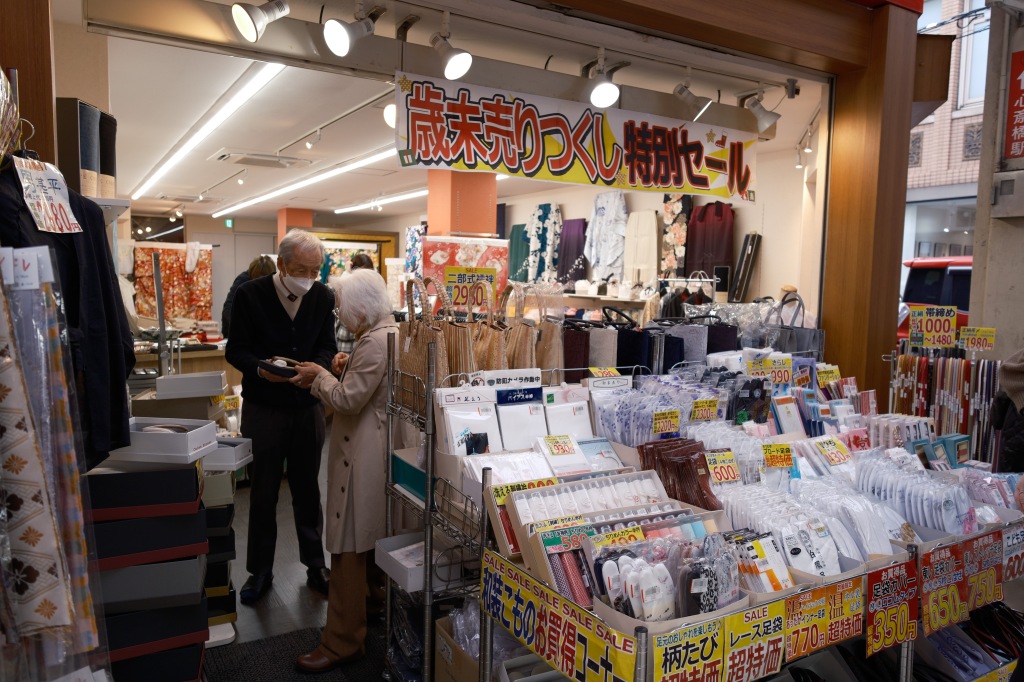
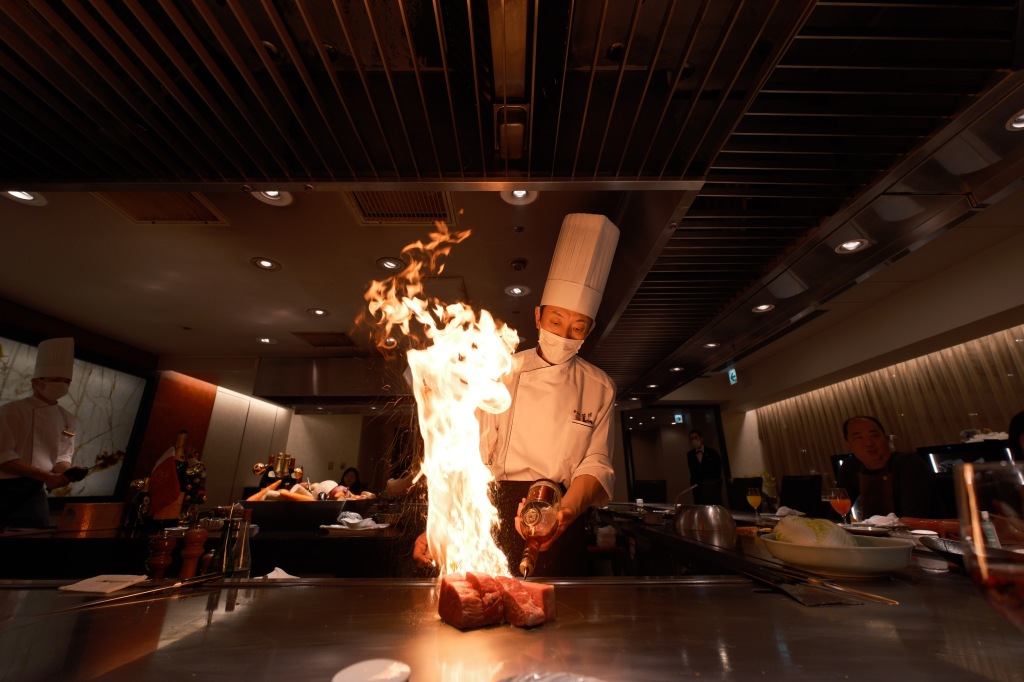
Right: Fuji X-T5 . Sigma 10-18mm f2.8 @ 10mm . f2.8 . 1/250″ . ISO 400 . Nostalgic Negative
If you are picky, distortion at the widest end can be observed but is minimal (or maybe it is corrected by the camera). Chromatic aberration is pretty well-controlled or I should say I do not observe any during my shoots. At f2.8, vignetting is there but not as heavy as I thought. In my opinion, it is fairly well-controlled and it is pretty okay for my consumption.
As for the sun star, it forms pretty well with sharp edges but it also introduces flares as well. It seems more to me like the characteristic of the lens but others might think otherwise. Nevertheless, if you do not want to have flares, avoid facing the sun or a strong direct light source.
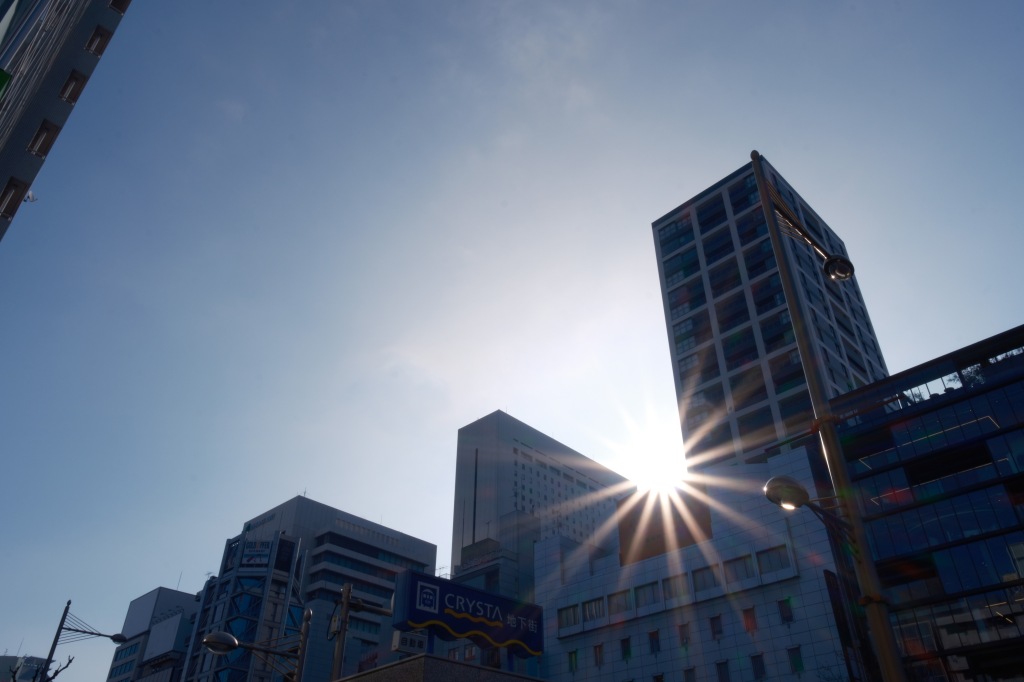
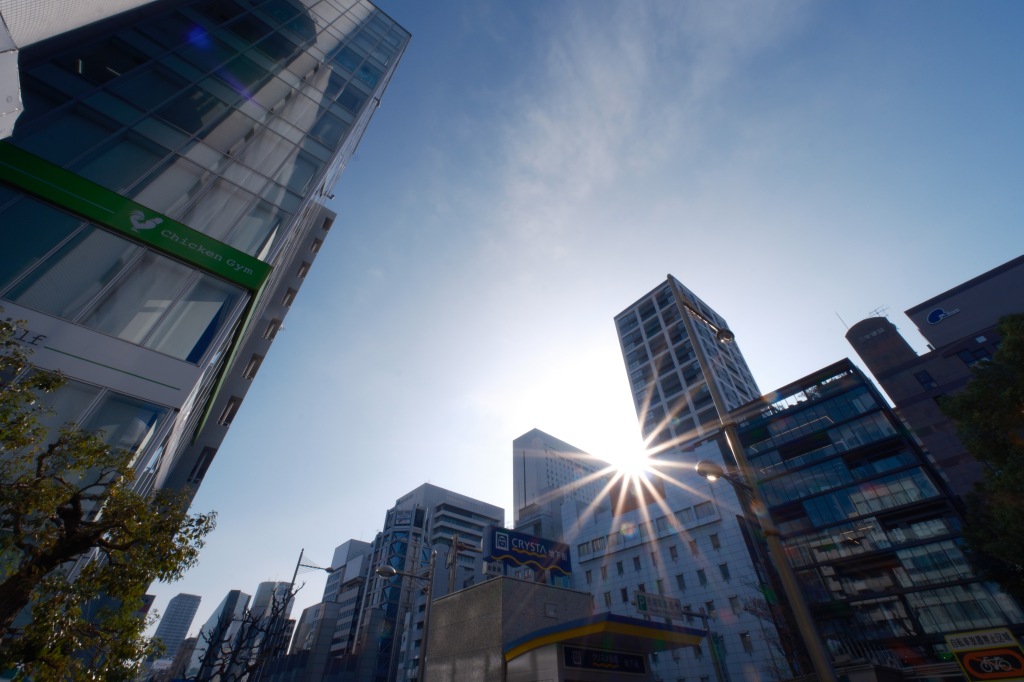
Right: Fuji X-T5 . Sigma 10-18mm f2.8 @ 10mm . f22 . 1/80″ . ISO 200 . Nostalgic Negative
Focusing
When comes to focusing performance, it is not fair to compare with the new generation XF prime lenses like the XF23mm f1.4 WR, so I will just base it on my personal experiences.

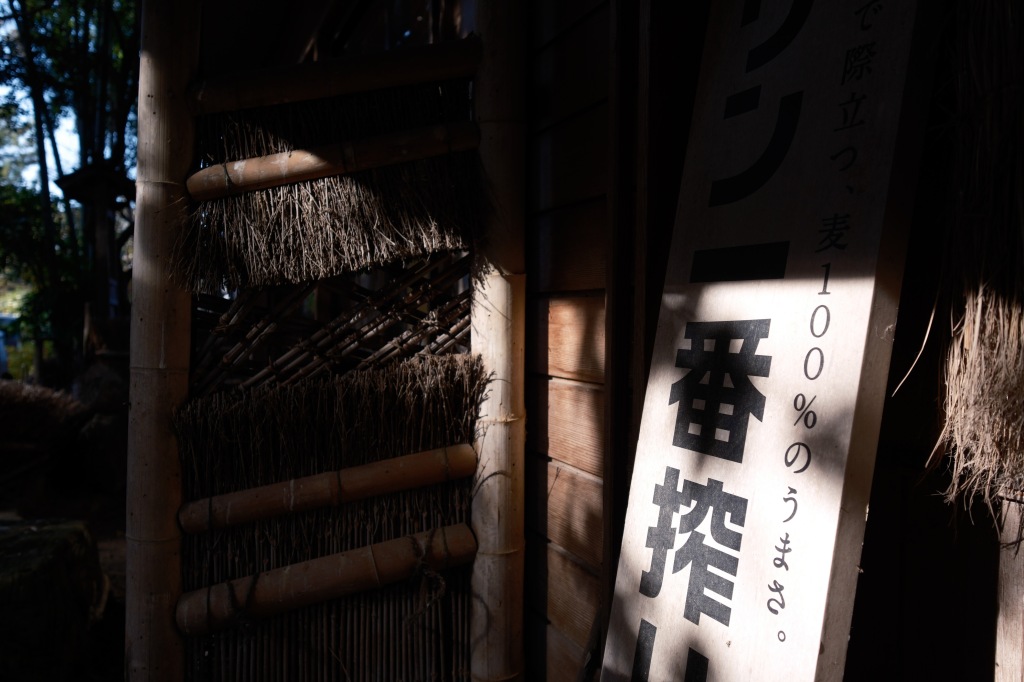
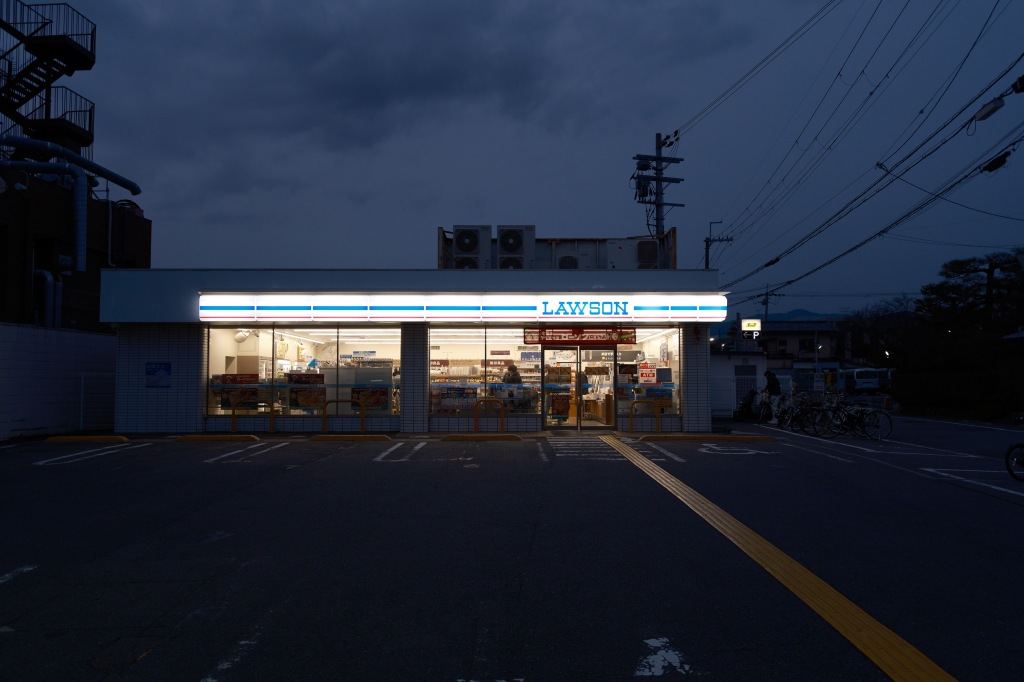
Right: Fuji X-T5 . Sigma 10-18mm f2.8 @ 18mm . f2.8 . 1/80″ . ISO 250 . Nostalgic Negative
In my opinion, the lens’ focusing performance is pretty fast, silent, and snappy by today’s zoom lens standard. The stepping motor does a great job and I find that the focusing speed is very consistent even at night and pretty high accuracy rate too. But I do experience some misfocus but it is really rare. If I remember correctly, it’s just 2-3 times.
The lens breathing is also at its minimal for both 10mm and 18mm. This is great if videographers plan to use this for their work.
Minimum Focus Distance (MFD)
When comes to MFD, oftentimes there are two MFD values for a zoom lens and this is no exception for this lens as well.


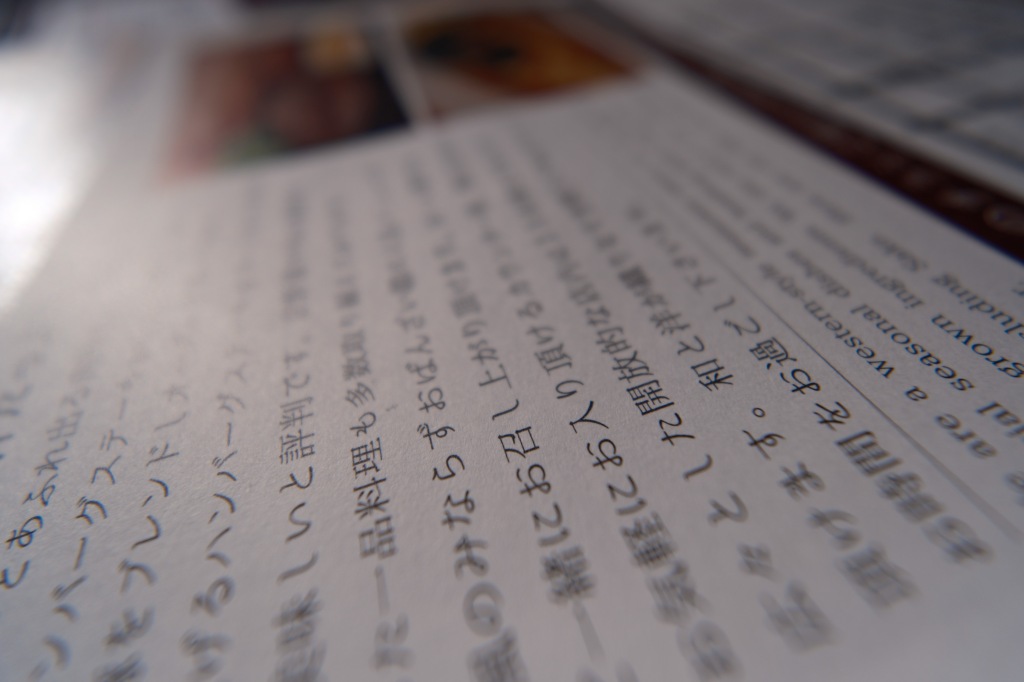
At 10mm, it can go as close as 11.6cm. To put that into practicality, the front lens is basically close to touching the shooting subject. It is that close and I often cast a shadow on the subject that I wanted to shoot.
At 18mm, 19.1cm is the MFD and it is slightly better than the XF18mm f1.4 20cm MFD.
Overall, I am glad that the image quality still maintains quite well at both MFDs.
Price Point
This lens is selling at 599 USD. With this price point, it can easily become one of the lenses in consideration.
For comparison, XF10-24mm f4 WR is selling at 999 USD and Tamron 11-20mm 829 USD. How can one resist such a price point? I have to say it is a great price point and Sigma is really good at pricing their products well.
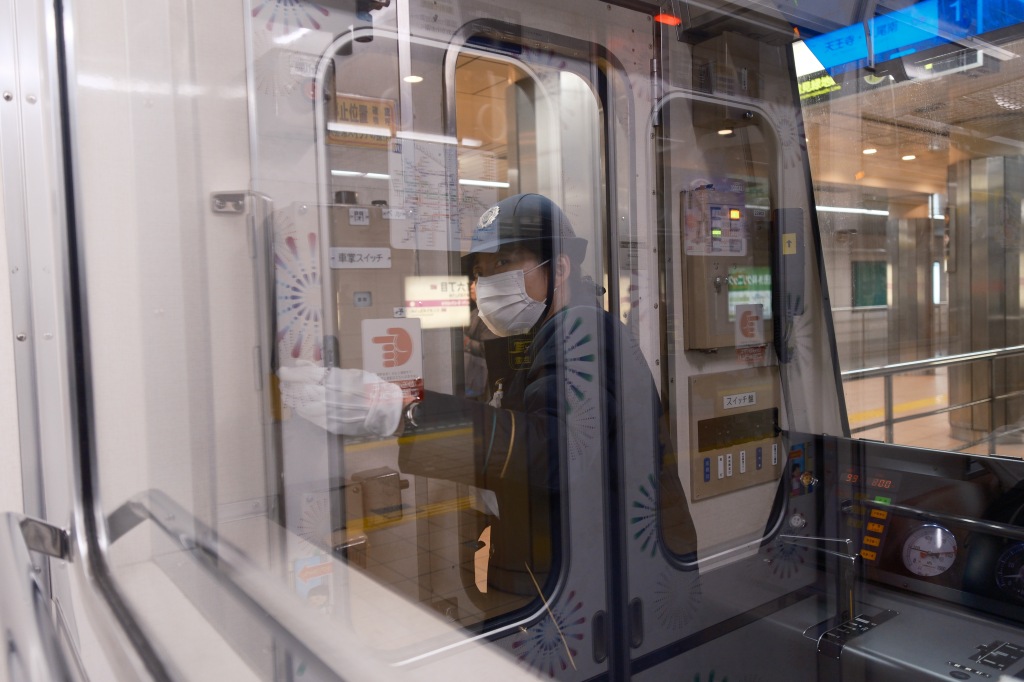
. Nostalgic Negative
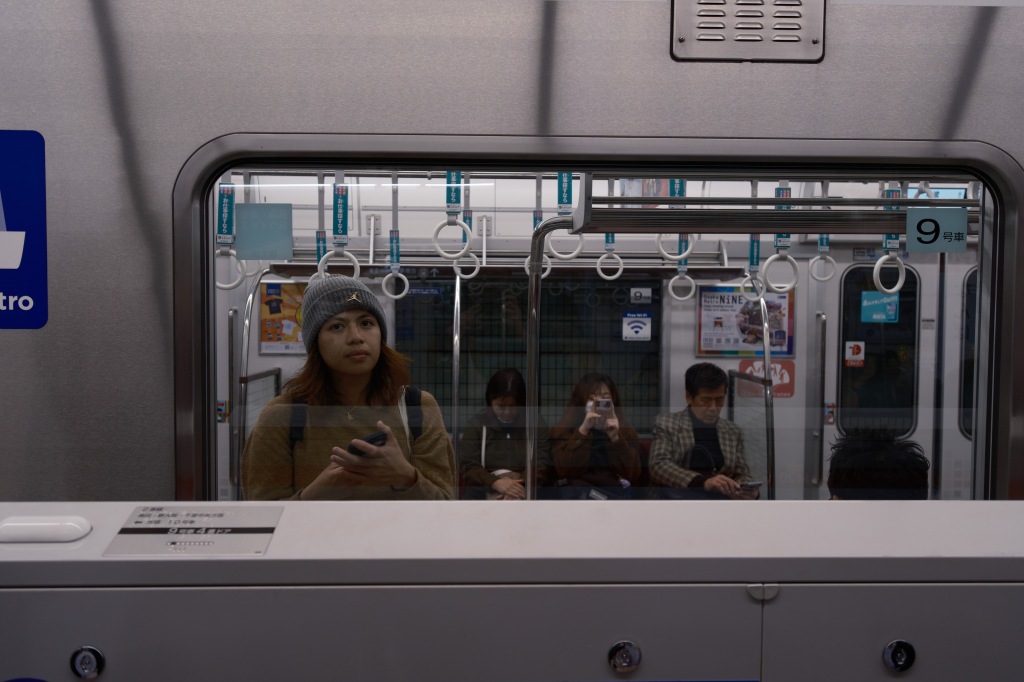

Right: Fuji X-T5 . Sigma 10-18mm f2.8 @ 10mm . f2.8 . 1/80″ . ISO 250 . Nostalgic Negative
Others
One interesting thing about this lens is the lens hood. Sigma has a newly developed push-on petal-type lens hood. This new mechanism is so much more convenient and faster than the traditional lens hood mounting method.

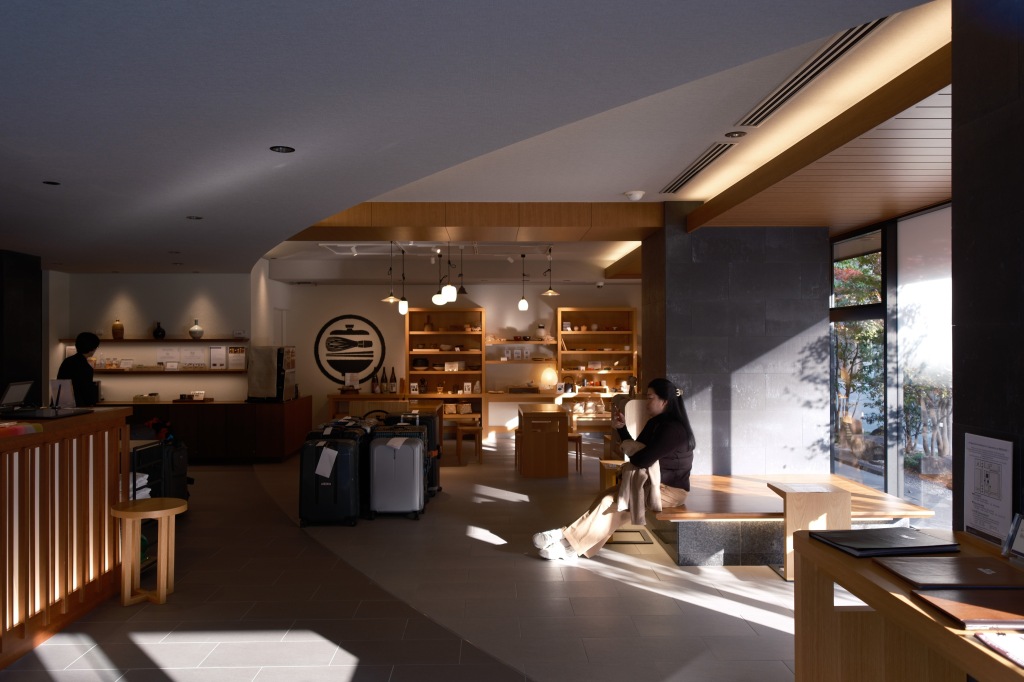
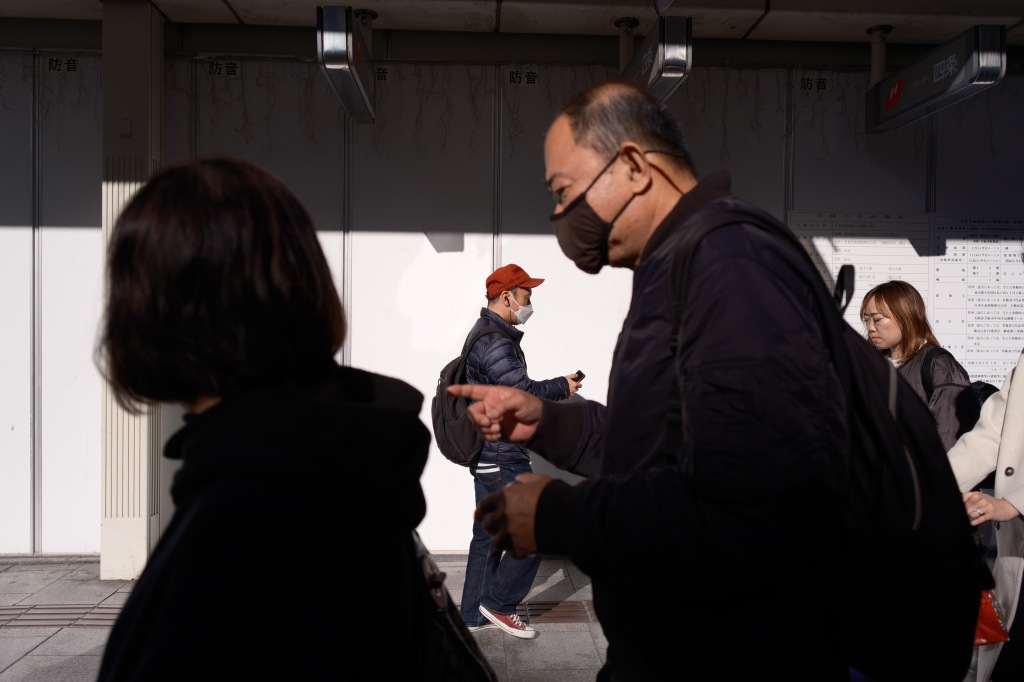
Right: Fuji X-T5 . Sigma 10-18mm f2.8 @ 18mm . f2.8 . 1/3200″ . ISO 125 . Nostalgic Negative
But one might wonder how durable is it as compared to the traditional one. For this, I also wish to know the answer but I also know I dare not try to do a lens drop test. Nonetheless, I hope to see more lenses using this approach to make easy for photographers.



Right: Fuji X-T5 . Sigma 10-18mm f2.8 @ 16.1mm . f2.8 . 1/80″ . ISO 1600 . Nostalgic Negative
One can’t help but compare Tamron 11-20mm and Sigma 10-18mm. Both have their pro and cons but end of the day, it depends on the photographer which one he/she prefers to use. I have my answer but I will keep it on my own.
Also, updating lens firmware is the same as how we update the firmware for Fujifilm. Download the firmware from Sigma’s official website, transfer it to the SD, and update the lens firmware.
Who is this for?
With this lens’ ultrawide zoom versatility, genres like landscape, cityscape, street, architecture, and astrography are the common ones. And not forgetting, the traveling genre too!
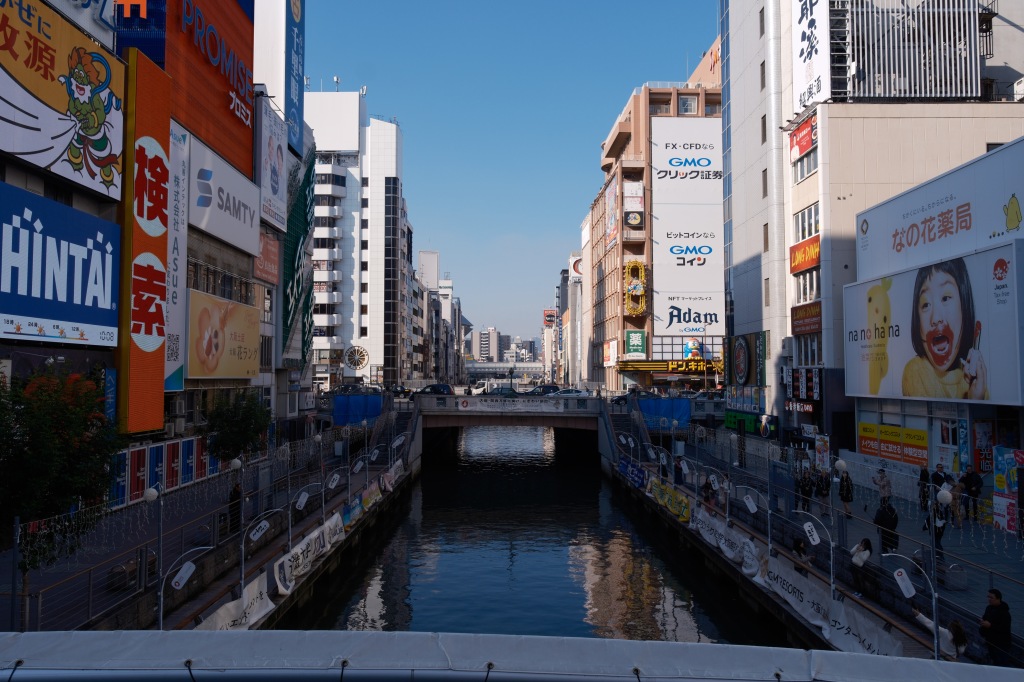

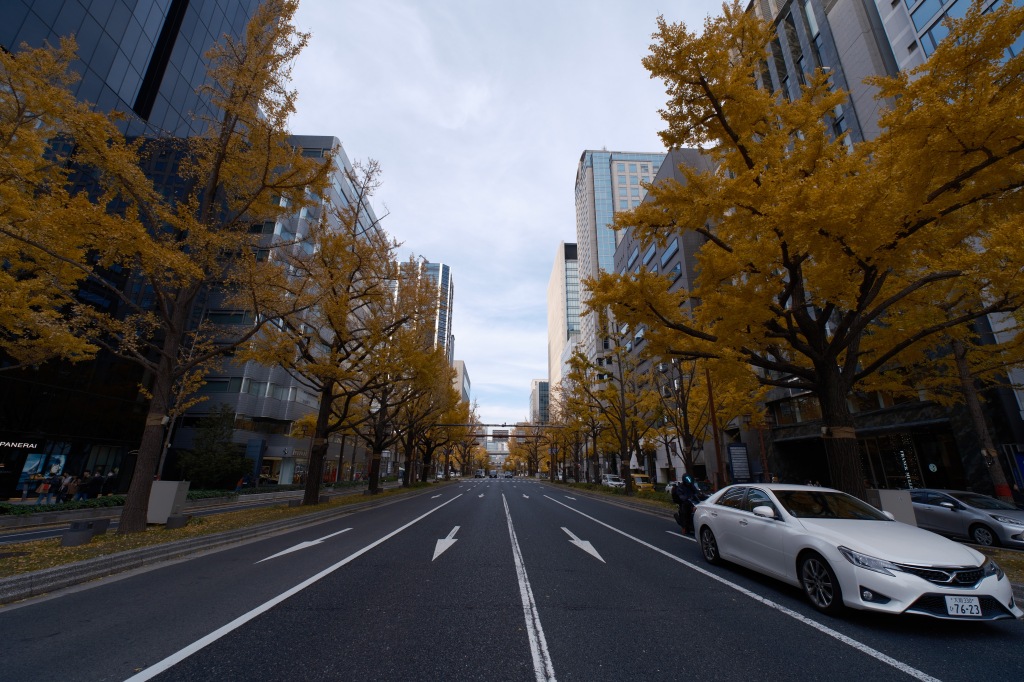
Right: Fuji X-T5 . Sigma 10-18mm f2.8 @ 10mm . f2.8 . 1/170″ . ISO 125 . Nostalgic Negative
Conclusion
As a street photographer, I like this lens for having 18mm at its tele-end and it is a more commonly used focal length for street photography which does not make me lose out on most of my street shots. When I need to take some much wider shots, it gives me the flexibility to go wider than 18mm. This is something I appreciate when traveling overseas.
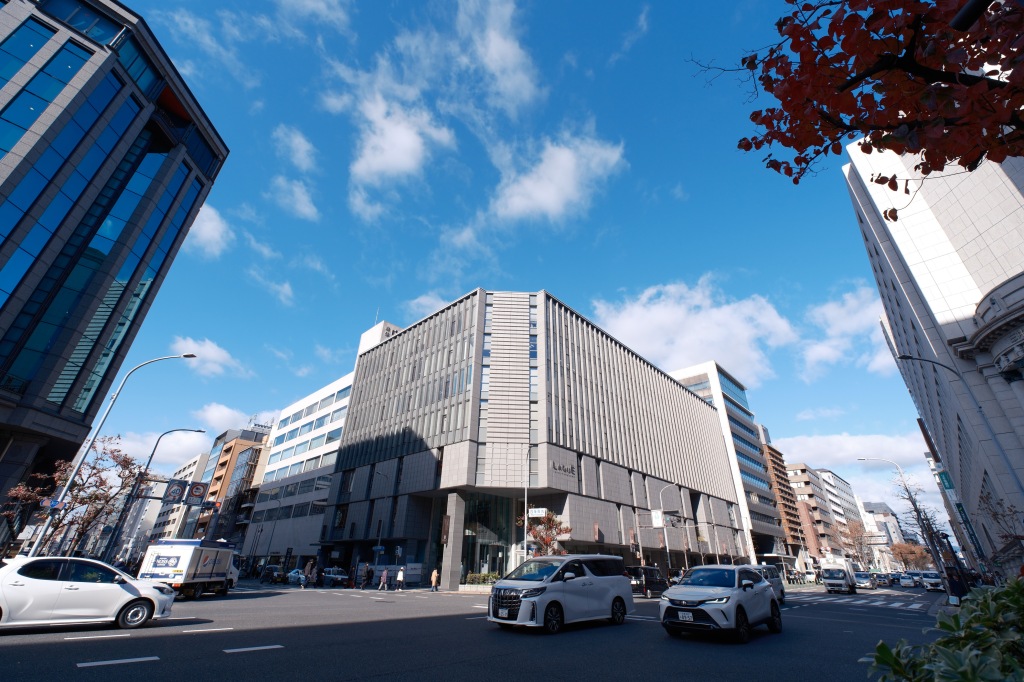
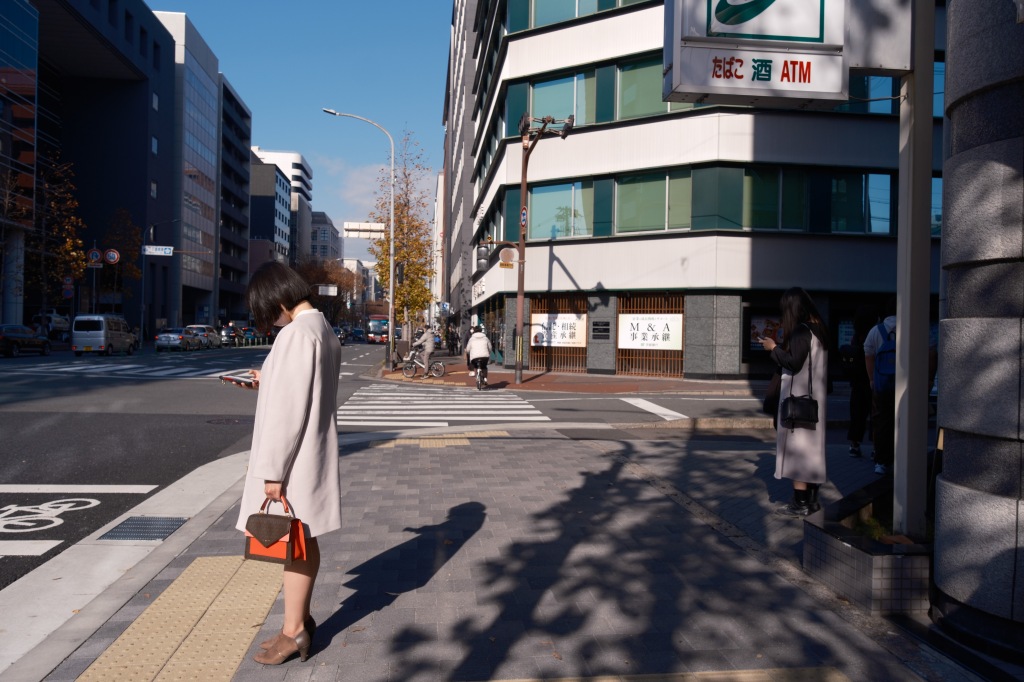

Right: Fuji X-T5 . Sigma 10-18mm f2.8 @ 13.9mm . f5.6 . 1/110″ . ISO 125 . Nostalgic Negative
With the current Sigma 10-18mm and Sigma 18-50mm, these 2 lenses make the best companion for travelers. With a combination of 15 to 75mm, both lenses covered most of my needs for travel. Not forgetting that compact and lightweight (a total of 535 grams for both lenses) play an important part in the overall travel experience.
I have been thinking Sigma has been planning to cover the tele zoom range as well, making a trinity f2.8 zoom lens covering most photographers needs. Plus, the recent rumors about Sigma planning to release the 50mm to 135mm (or 140mm), makes me strongly believe that this is going to happen.
Nevertheless, I really like this lens and I think I will get this lens for my own usage.
Thank you for reading.
Disclaimer:
1. All the shots taken here are shot by me.
2. Most of the shots are straight out of the camera with some shots edited via In-Camera Raw Processing and Capture One.
3. The opinions are based on my experience. If there is any mistake, please kindly drop me a message and I will gladly make the amendment.
4. I reserve ownership of these images, if you wish to use my images, please notify me.
If you like my works, please follow me on either one of the 2 Instagram accounts:
https://www.instagram.com/alwinkok_
https://www.instagram.com/alwin.portraits
If you have a Facebook account, feel free to join Fujifanboys FB group.

